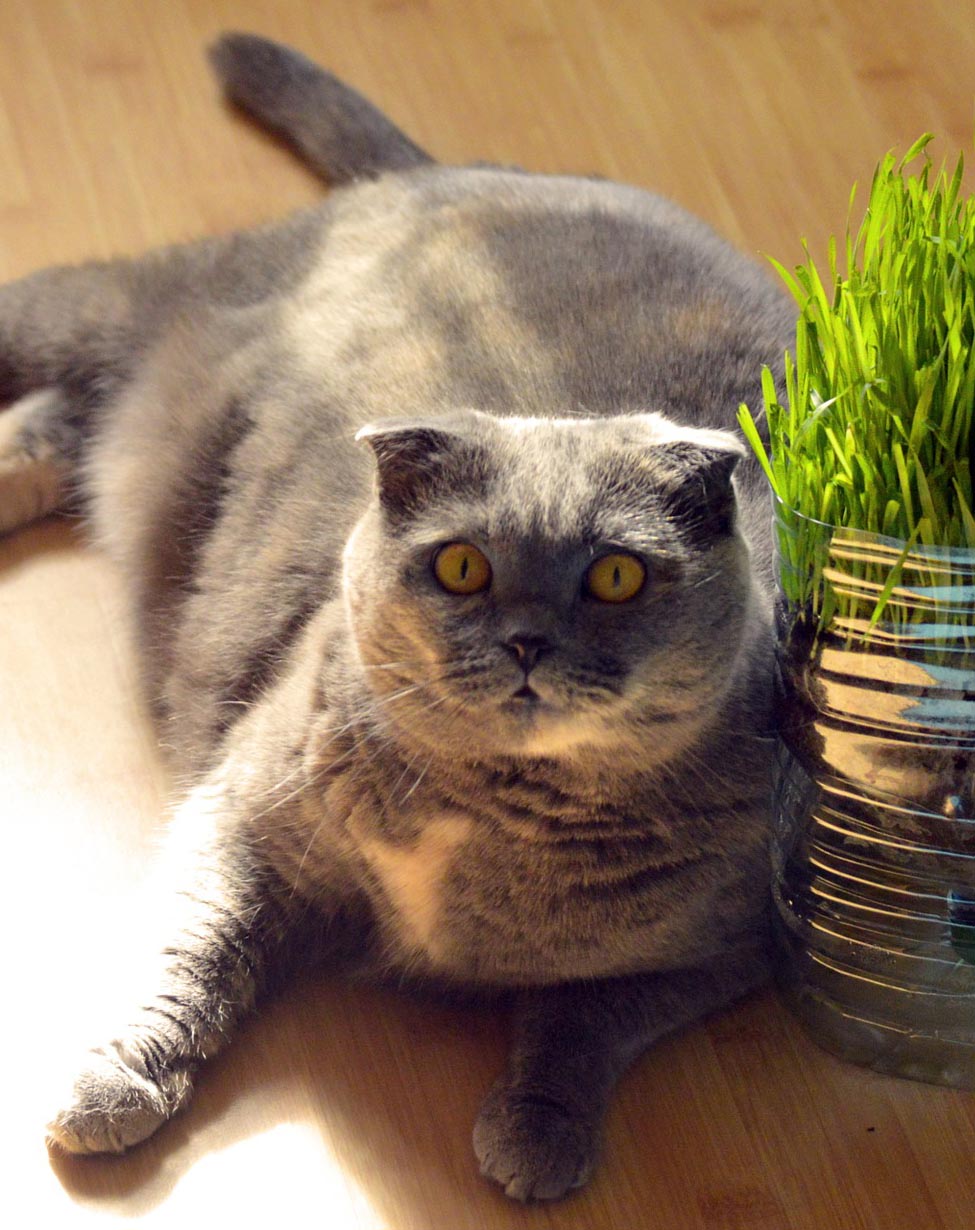Weight Control Advice
Scales for weighing your pet anytime
You’re welcome to pop in anytime to weigh your pet on our scales.
Portly Pets
Podgy pooches and portly puss-cats are in plague proportions! Our pets are not only living in the lap of luxury, they are lapping up the living luxury and getting fatter in the process.
The result is that 25-30% of dogs and cats are now overweight.
The causes are simple…
We give our pets too much food and give too little exercise, but who can resist those puppy-dog eyes when our pooches plead for that life-saving extra treat or our manipulative purring puss-cats when they snake around our legs near their empty food bowls. The exercise bit is also difficult when the cooler weather makes staying at home much more inviting than pounding the pavement.
Many pet owners think that a bit of extra weight is not a concern. However, overweight pets are predisposed to serious conditions including arthritis, pancreatitis, diabetes (especially with cats) and even cardiovascular disease. There is no doubt that excess body fat shortens a pet’s life span.
Is my pet overweight?
The following guidelines will help to determine if your pet is girth-enhanced:-
If your dog or cat is of ideal weight, you should be able to feel each rib as you run your fingers along the ribcage.
When viewed from above, your pet should have a definite narrowing or ‘waist’ behind the ribcage.
When viewed from the side, dogs of ideal weight will have an abdomen that tucks upwards from the bottom of the ribcage to the groin.
Many podgy puss cats develop a ‘beer gut’ that hangs between their back legs, which is easily seen and felt when the cat is sitting.
Very overweight dogs develop ‘love handles’ of fat just in front of their hips.
Weight reduction strategies
For dogs and cats that are overweight, a proper weight reduction program is essential.
Firstly, record your pet’s starting weight and then weigh your pet weekly. Your vet will be happy for you to use his or her scales and, while you are there, have a look at the weight reduction diets the surgery has available.
Work out what your dog or cat’s target weight should be.
Then feed your pet the amount of food needed for a pet that would weigh 60% of this target weight. This should see the weight reducing about 3% per week and you should achieve your pet’s target weight in about 12 weeks.
The next rule is essential but tough – and you know what it is! Never feed titbits and never feed your pet from your dinner table.
Make sure your pet doesn’t have access to other food sources such as another pet’s food or that is it not sneaking to the neighbour’s house for a second course.
Don’t provide free access to food unless you measure the amount of food that is available for your pet.
It is a lot easier to reduce your pet’s weight if you feed it on a low calorie, high fibre diet.
Buy a prescription food specifically designed for a weight reduction program from your veterinarian. This diet is a properly balanced, very low calorie, high fibre diet. The increased fibre fills the stomach and results in a feeling of ‘fullness’ while not adding unnecessary calories.
Once your pet’s weight has reached its optimum level, you should then put your pet onto a ‘light’ or low-calorie diet to maintain this weight.
Stop guessing the amount of food you should be providing and measure it instead. Do this each morning and place the day’s allowance in a container. You can then give your pet as many treats as you want – provided that the treats come from this container. Feed the remainder at the end of the day.
Work out what your dog should weigh as its target weight. Now give it the amount of food needed for a dog that would weigh 60% of this target weight. This should see the weight reducing about 3% per week.
Now let’s exercise!
Burning the calories is vital and perhaps you and your pet can start an exercise program together! Start with walks you can both handle and increase the length and intensity as you both become fitter.
However, there are many benefits from exercising your dog in your own back yard by throwing balls and Kong toys in various different directions. Swimming is also wonderful exercise for dogs if you can organise it.
Cats are more difficult to exercise but many love a paper mouse on a string or will chase ping-pong balls. Some cats will walk on a harness and you can even make a cat exercise for its food by cutting a hole in the side of a plastic milk carton and hiding its food inside.
Obesity in pets is a dangerous condition. Be tough with yourself to be kind to your pet.

For any concerns about your pet's health, or to make an appointment, please contact Hoppers Crossing Veterinary Clinic & Hospital or call us on (03) 9748 6644.
Payment Options
At Hoppers Crossing Veterinary Clinic & Hospital we have a number of payment options available including cash, credit card and EFTPOS facilities. We also offer the GapOnly® payment service that works with selected pet insurance, so you can access your pet insurance benefit right away for eligible expenses.
Contact Us
For any questions about your pet's health, advice, or to book an appointment, please give our team a call.
Subscribe to our Newsletter
Join our mailing list to receive the latest news and updates from our team.